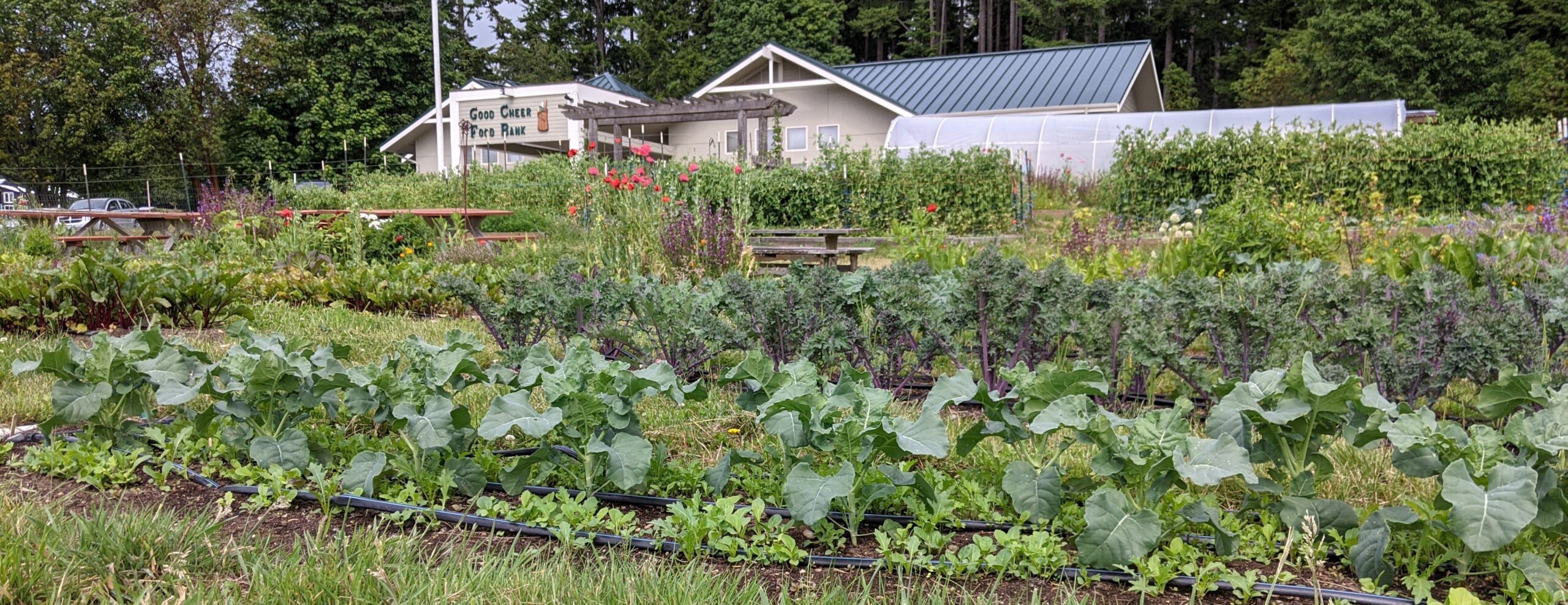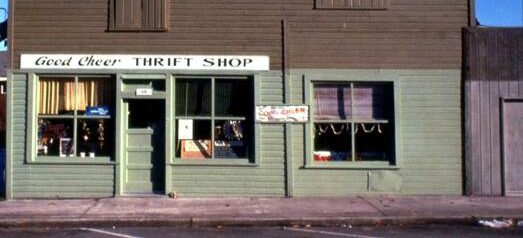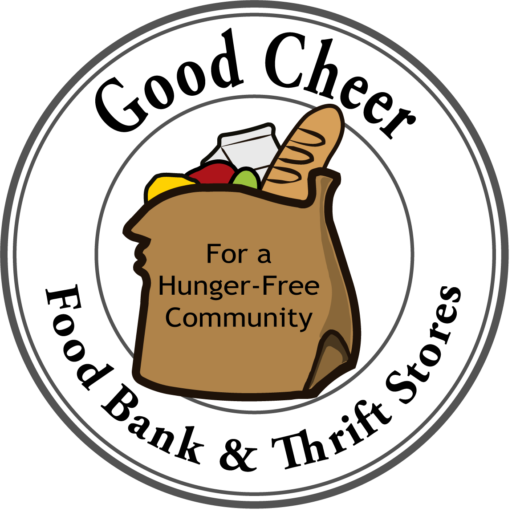
Our Mission
To create a hunger-free community on South Whidbey.
Good Cheer began as a toy drive in 1962 and quickly grew into the thrift stores you know and love today. We received our 501(c)3 status in 1969, and over the last 60 years, have continued to evolve as the needs of the community have changed. In the 1980s, our mission shifted to center food access; the thrift stores are still a vital part of our organization, providing clothing and household necessities to the community along with generating revenues to support our work.
Our shopping model food bank empowers people to choose what they need, our Community Connection program offers referrals to other services and agencies, and our garden produces fresh vegetables year round. Together, our dynamic and diverse team of volunteers, staff, donors, and shoppers understand that sometimes we all need help; and, more importantly, that everyone has something to contribute.

Bigger Picture
The history of major hunger relief programs only starts as recently as the 1960s when a nation-wide permanent food stamp program was signed by President Kennedy. Food stamps were the foundation of hunger relief throughout the 60s and 70s, until budget cuts in the early 1980s reduced eligibility and the amount people received each month. The country was already in a recession, so these cuts contributed to widespread poverty, which, for the first time, was highly visible. Across the country, small groups of concerned citizens responded to the need and started distributing food to their communities. When a strategic stockpile of government cheese was approaching spoilage, the federal government began temporarily providing food, and soon after funding, to this growing network of food banks, pantries and meal programs. The federal program that provided this food and funding eventually became permanent, and so did public thinking around the role charities had in fighting hunger in America. It is estimated that 80% of the food banks and meal programs in existence today started after 1982.
